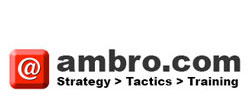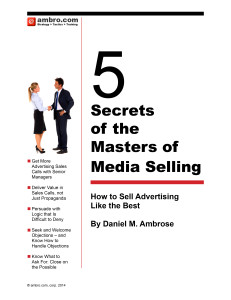Content marketing, like social media before it, is all the rage now with advertisers. Recently Forbes said that its “BrandVoice” will return 20% of its advertising revenue this year and as much as 30% next year.
And why not? You don’t have to be a genius to see that Google is the first place most consumers go when they are considering a purchase. And it’s also clear that as much as 90% of Google or Bing traffic is choosing the “natural search” results, not the “paid search” ads. So why wouldn’t an advertiser compete to present content in the race for clicks on Google and Bing? Then there is the long festering suspicion from advertisers that their traditional ads are ignored. Getting their message into the content through sponsored posts, native advertising and even product placement is the ostensible solution.
So we have “native advertising,” “branded content,” “partner posts,” and many more flavors…all trying to say “we can sell you editorial, sort of.” Sounds so new! But it is really just the latest version of advertorials wrapped in a new package. Advertorials had their place in print for as long as I can remember.
But advertisers produce or fund generally unexciting content. Fear of offending makes the content they produce bland and too often fake-edgy. They fool no one except themselves. And their content marketing agency is busy telling them how “engaged” the customers are with the content of which they are billing big fees.
But as Mark Twain said, there are three kinds of lies: Lies, Damned Lies, and Statistics. And as we all know, the selective use of statistics can be very persuasive. Advertisers are shown case studies of success without the whole picture, of other failure, to go with it.
There are voices of sense out there. Recently, Rex Briggs, the CEO of Marketing Evolution, and high priest of advertising accountability, said he analyzed the content marketing data of more than 100 marketers and found cost per impact ranged from $.50 to $50. (Let me do the math for you here: $.50 each is $500/M impressions.) “I feel like a doctor telling them they’ve got cancer when they see this ROI,” Briggs said. “You see people turn white as a sheet, especially if they’re sitting next to their boss.”
As a publisher, should you be selling a “content marketing” service? Yes you should. Despite the fact that content marketing will ebb like so many other tides, it has its place, and we publishers must be nimble enough to profit from a fad. But you should not be dropping your emphasis on your core service. Even better, if your content marketing offering, to be paid for by your advertisers, can be harnessed directly to your own goals of building content to build audience, then you’ll be onto something.


More useful links on Sponsored Content and Native Advertising:
http://www.adweek.com/news/advertising-branding/roadblocks-native-advertising-153261
http://adage.com/article/media/asme-releases-guidelines-native-advertising/244839/
http://adage.com/article/media/publishers-sponsored-content-cash-fear-backlash/244276/
What is the cleverest Native Advertising/Content Marketing solution you have seen? Curious minds want to know!